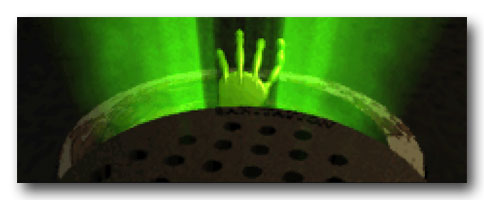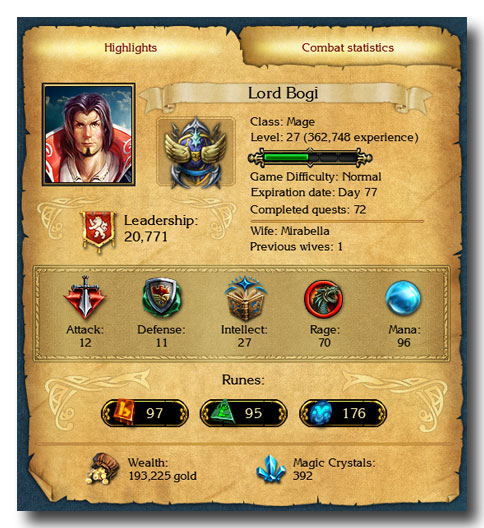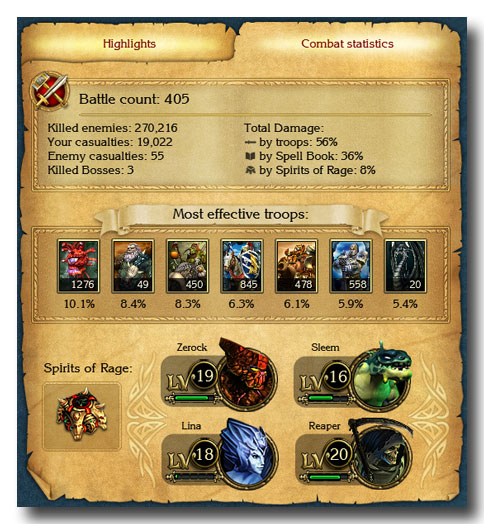
Nine months after I purchased the game, after 122 saves and 50 hours of play time, I finally completed Oblivion‘s main storyline. This marks the first time I’ve actually completed the main quest of an Elder Scrolls game, having tried several times and failed with both Daggerfall and Morrowind.
There’s no denying Bethesda crafts expansive game worlds filled with extraordinary possibilities but playing its games can be very tedious. These games are not renowned for their great charm and vibrancy. Escape the drudgery of day-to-day existence to a fantasy world with more drudgery is the Bethesda philosophy.
The initial excitement over Oblivion’s game space possibilities wears off quickly once you’re mired in the mundane. It’s standing in the middle of town repeatedly casting the same spell to improve abilities, getting sucked into the office politics of guilds, running errands to make some coin, going here, killing this, going there, fetching that, engaging in leaden conversations with the unremittingly dull.
Finding all this wearisome and having completely lost my interest, I set the game aside a few weeks after getting it, resigned that this was another failed attempt at appreciating the Bethesda experience.
Months later, I returned. This time I changed my approach. No longer desperately looking for characters or storylines I could care about, I was simply content to experience life in Cyrodiil, exploring the game world and experimenting with the outstanding item and spell customisation options to vary my play style.
This time I stayed and I’m very glad I stuck with it because Oblivion’s main quest finished strongly. Remarkably, I found myself cheering on one of the characters — a first for me in a Bethesda game — and even more remarkably, I’m still playing the game after completing the main quest.
Continued…





